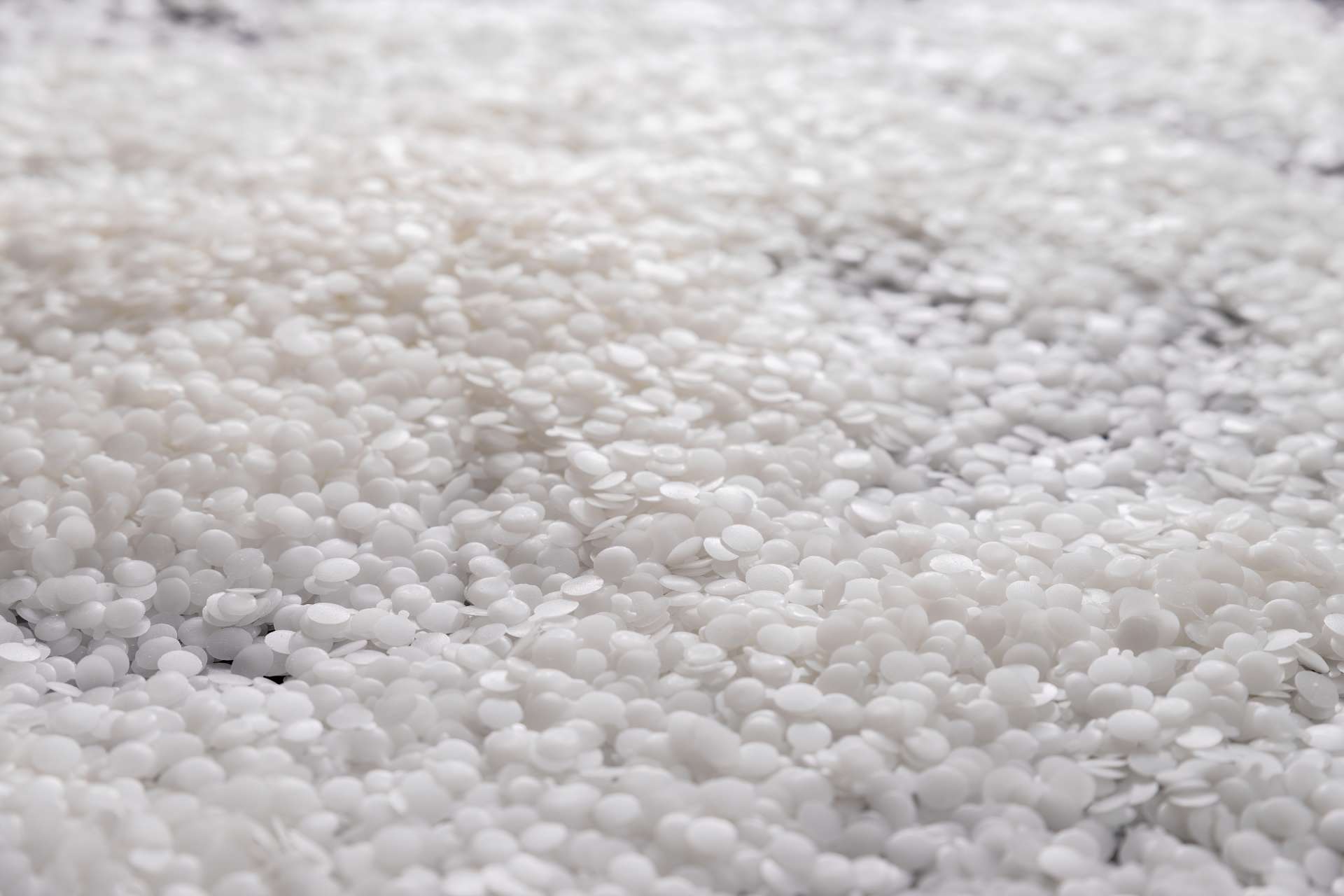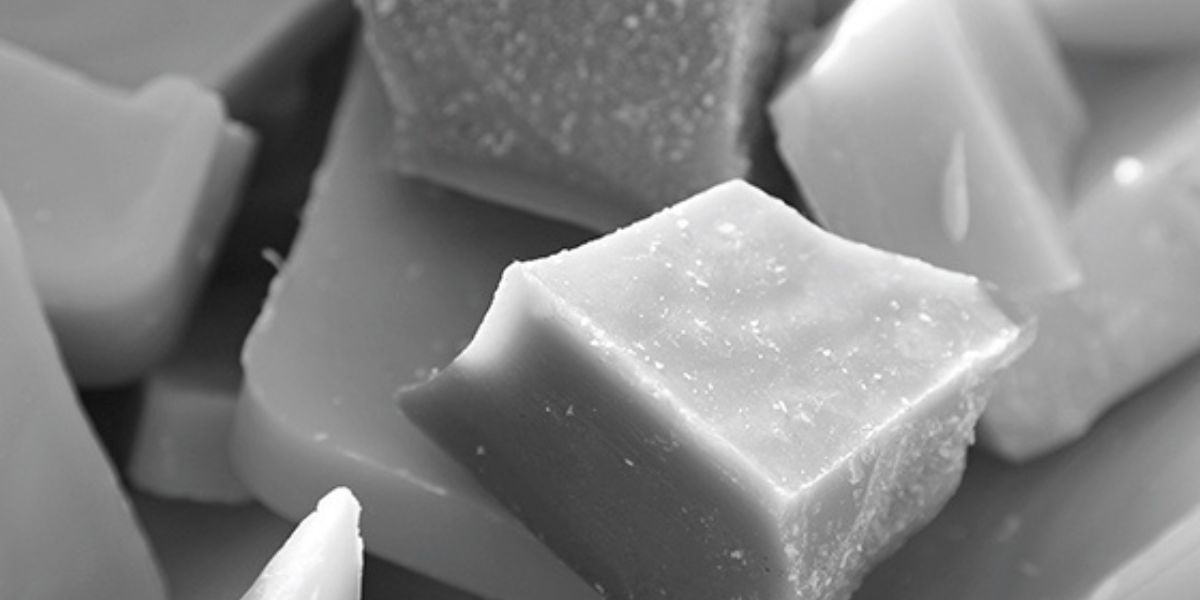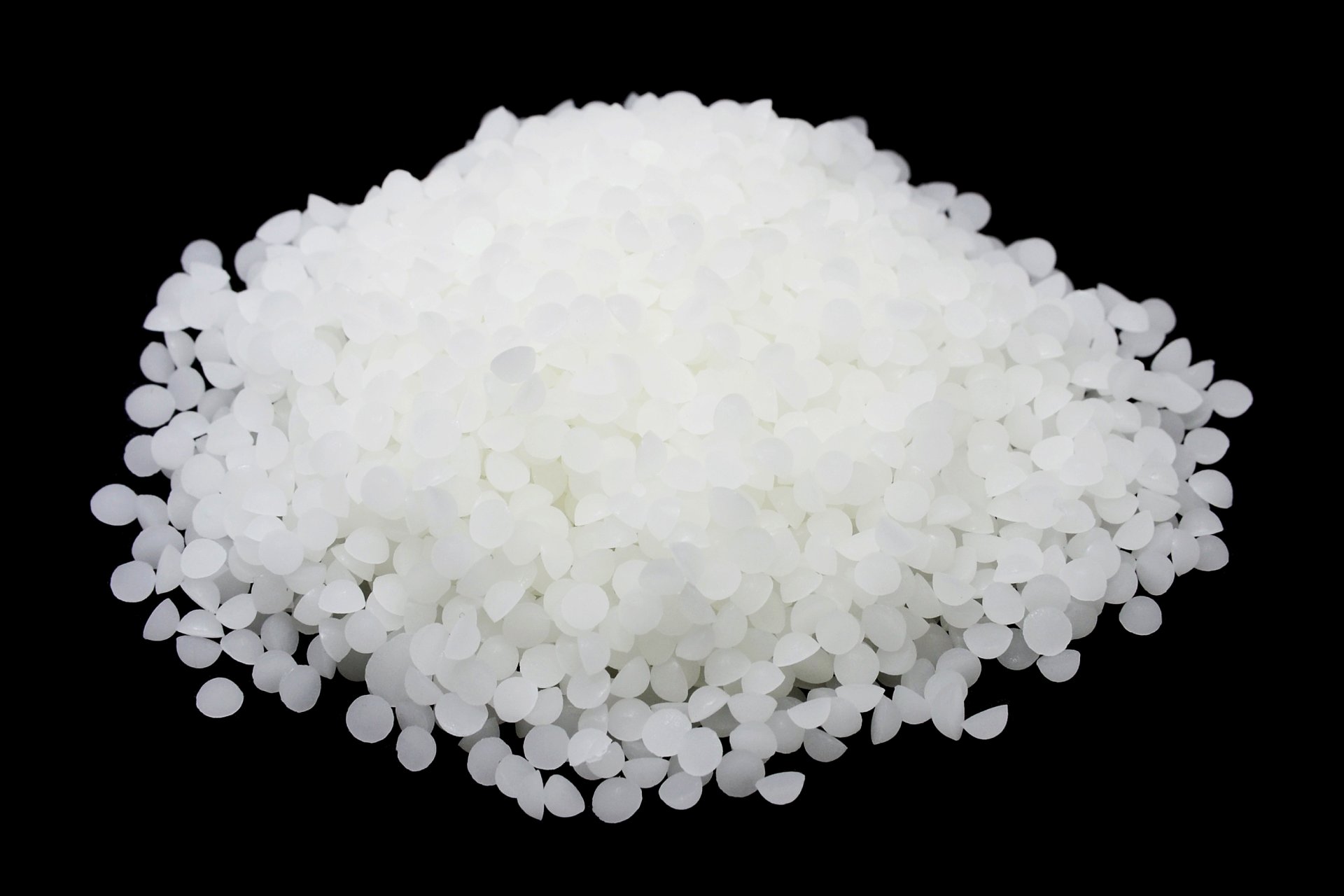
Synthetic waxes see Fischer-Tropsch wax as the predominant member of its category. This substance stands out as an advanced chemical product because high-pressure carbon monoxide transformation results in its multifunctional wax form.
But what makes it special? First of all, its structure. The long-chain hydrocarbons which make up this wax are responsible for producing remarkable consistency while reaching high melting points that lead industry professionals to select it for use in diverse sectors including cosmetics and industrial coatings.
In this article we are going to examine this wax's specific characteristics and compare Fischer-Tropsch wax to paraffin wax while identifying its multiple uses.
The distinctive chemical nature of Fischer-Tropsch wax distinguishes it from other substances. Its chemical composition consists of long-chain hydrocarbons between C20 and C100 that maintain excellent purity and consistent structure.
Natural waxes differ from Fischer-Tropsch waxes since they are free of any contamination.High-performance industries depend on the precisely controlled manufacturing process because it produces uniform structures with reliable stability for their demanding requirements.
One of its biggest advantages is its non-reactive nature, making it suitable for use in cosmetics and pharmaceuticals due to their need for complete purity. The refined structure prevents crystal formation, creating a sleek, high-quality finish in end products.

Liquids derived from natural gas or coal undergo the advanced Fischer-Tropsch chemical conversion process. Under controlled high-pressure conditions, hydrocarbon polymerization occurs, resulting in the production of Fischer-Tropsch wax.
This method stands apart because of its accurate operational nature. The controlled application of production parameters enables the creation of industrially valuable Fischer-Tropsch wax through precise creation of pure, uniform materials with superior functional performance.
The strictly controlled process has proven itself to be much more than simple wax manufacturing because it produces advanced customized materials for unique applications.
The exceptional character of Fischer-Tropsch wax makes it the industry-preferred material across multiple sectors.
A controlled manufacturing procedure produces this synthetic wax with consistent quality because the method provides precision and reliability in its production.
These are the key properties:

Two substances that could appear similar, these two waxes maintain different characteristics which make them suitable for distinct operational requirements.
Key Differences
In summary, the selection of Fischer-Tropsch wax becomes necessary when operations demand high purity and stability together with stable, high melting points yet businesses who need basic applications can use cost effective paraffin wax.
Manufacturers use purified Fischer-Tropsch wax widely across industries since they appreciate its stable and versatile properties.
Its functionality as a performance enhancer enables the complete manufacturing sector to depend on it for cosmetics and coatings applications and countless other applications such as:
Fischer-Tropsch wax delivers high-performing benefits and supports economic advantages together with environmental sustainability.
The biodegradability of this product makes it an ideal selection for industries seeking environmentally responsible materials since it dissolves naturally through decomposition processes.
This material presents zero toxicity which enables secure utilization in products like cosmetics and food containers.
Economic analysis demonstrates its consistency to be one of the main strengths of this product. The synthetic process of manufacturing this type of synthetic wax leads to consistent quality in every newly produced batch.
Manufacturing stability increases while production defects decrease which results in cost-saving benefits for companies operating in the market.
The chemical compound demonstrates a high melting point range between 95°C and 105°C which extends its use in manufacturing applications that need heat-resistant materials.
Higher operational yields and decreased production waste resulting from its processing stability help businesses boost their financial performance.
Companies pursuing efficient practices alongside sustainability should choose Fischer-Tropsch wax because it provides both reliability and extended value throughout multiple applications.